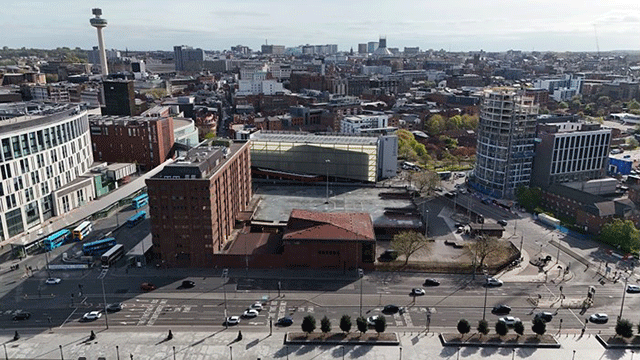Young people can sometimes so strike to the heart of things that they force us all to reassess our attitudes and priorities. The current showcase of students’ work at the Royal School of Art does just that. It has some stunningly original and yet practical solutions to environmental problems. It is the words as well as the ideas that challenge, particularly in the area of architecture. There, three students introduce their design and planning work on the Thames Gateway with a serious challenge to every one of us.
“In the Thames Gateway, an ill-considered mega toy town of Noddy houses and yuppy apartments is emerging: dividing, cutting and wasting the potential of this vast, loose London back land. How do we intervene between the hard and soft infrastructure, the geology of the flood plain, the dying, dirty industries, the isolated quasi-suburban communities, poisonous marshlands, gaseous landfill, and muddy water’s edge? Can our real fictions suggest sustainable strategies… and reveal the political implications?”
What a devastating assessment of our current response. Yet it is exactly what we ought to have expected from the 40 or more muddled, inchoate, ill-defined groups that are charged with delivering the most ambitious development programme that London has seen for a century.
See things clearly
Where there is no architectural vision, “Noddy houses and yuppy apartments” are all we can manage. Where there is no strategy, we “divide, cut, and waste” the potential of this “vast, loose London back land”. Where there is no determination and drive for the excellent, we can expect, at best, only the mediocre. It has taken these three young students, Fenella Collingridge, Barbara-Ann Campbell-Lange, and Domenico Raimondo, to show just how ugly and inadequate are the emperor’s new clothes.
I have sent their challenge to all the key players in the Thames Gateway — from the prime minister, who chairs the almost-defunct Thames Gateway cabinet committee, and Ruth Kelly, the secretary of state responsible, right down to the bureaucrats that staff the councils and committees who are supposed to deliver the new communities on either side of the river.
It’s not too late to turn impending disaster into triumph. All it requires is somebody with imagination, determination and flair. Unfortunately, when you look at the list of those involved with those requirements in mind, you soon see the measure of the problem!
The BBC’s property troubles continue. Its decision to pick Salford Quays over Manchester city may have riled many, but this is nothing alongside the woes over the rebuilding of Broadcasting House, W1. You’d have thought the corporation would have learned about the client’s role and about development over the years, but it is so worried about the renewal of its charter that it finds it difficult to be brave.
The public/private partnership of its headquarters was kicked off with a widely praised design by architect Sir Richard MacCormac. CABE led the chorus of support for an innovative design, for a really important site, for an undeniably significant client. The design chosen, the BBC then did a deal with Land Securities, which employed Bovis Lend Lease, to whom MacCormac was novated.
Somewhere along the line, probably because of the optimism with which the public sector costs these projects, the BBC got cold feet and said it wouldn’t pay the bill unless it were considerably cut. In the ensuing melee, the developers proposed solutions that MacCormac felt betrayed the integrity of the design. The BBC and Land Securities applied further pressure and Bovis and MacCormac parted company with only the first phase completed.
I am the first to try to protect the public purse, but a penny-pinching attitude is unworthy of a great nation and of the great institutions that serve it. It’s not too late for the BBC to bring back MacCormac. It should insist on a building worthy of its role as the world’s greatest broadcaster.
John Gummer is Conservative MP for Suffolk Coastal and a former Secretary of State for the Environment










